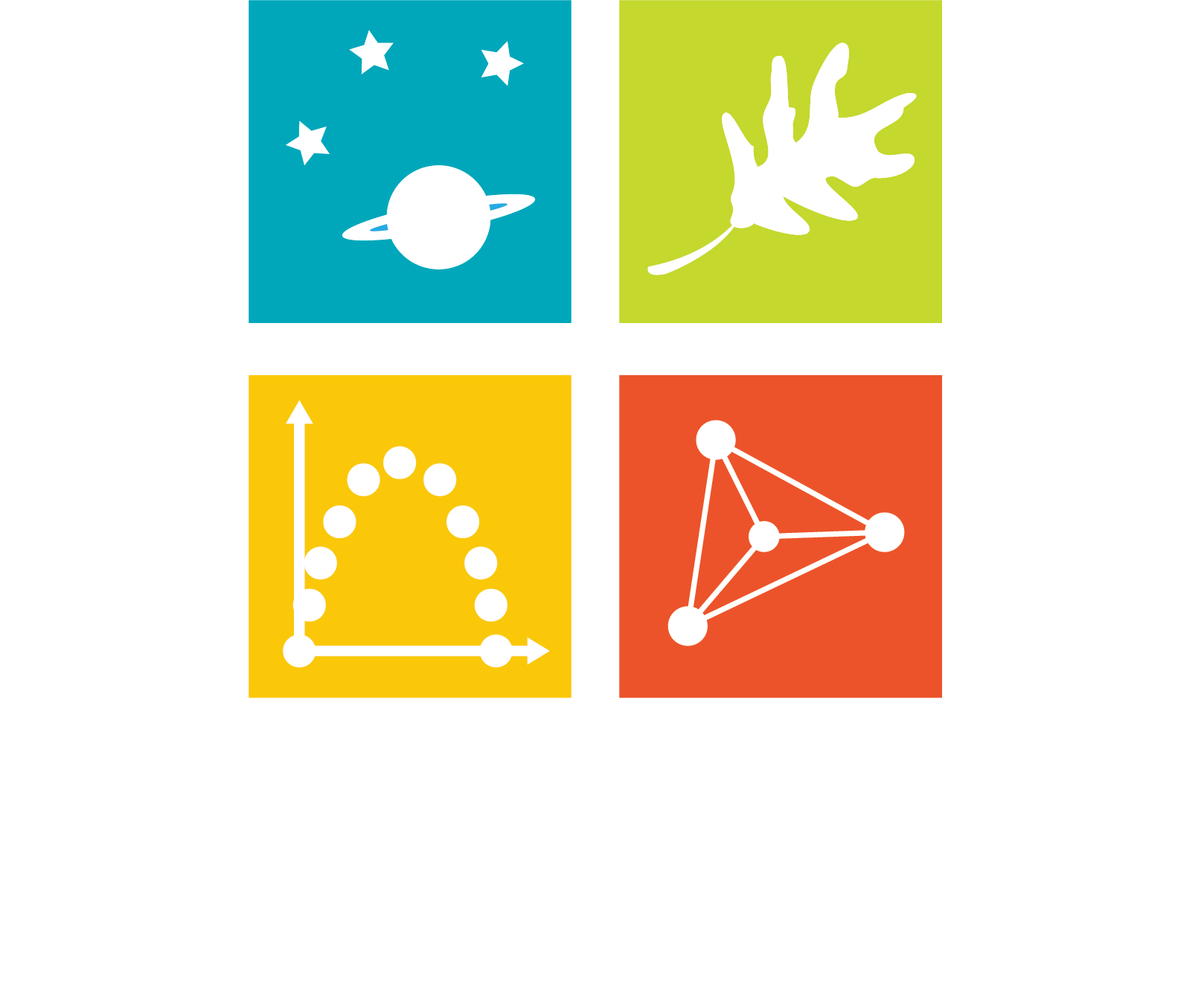NoCo Science Education Blog: The Power of Learning Outdoors with Carol Seemueller
by Victoria Jordan
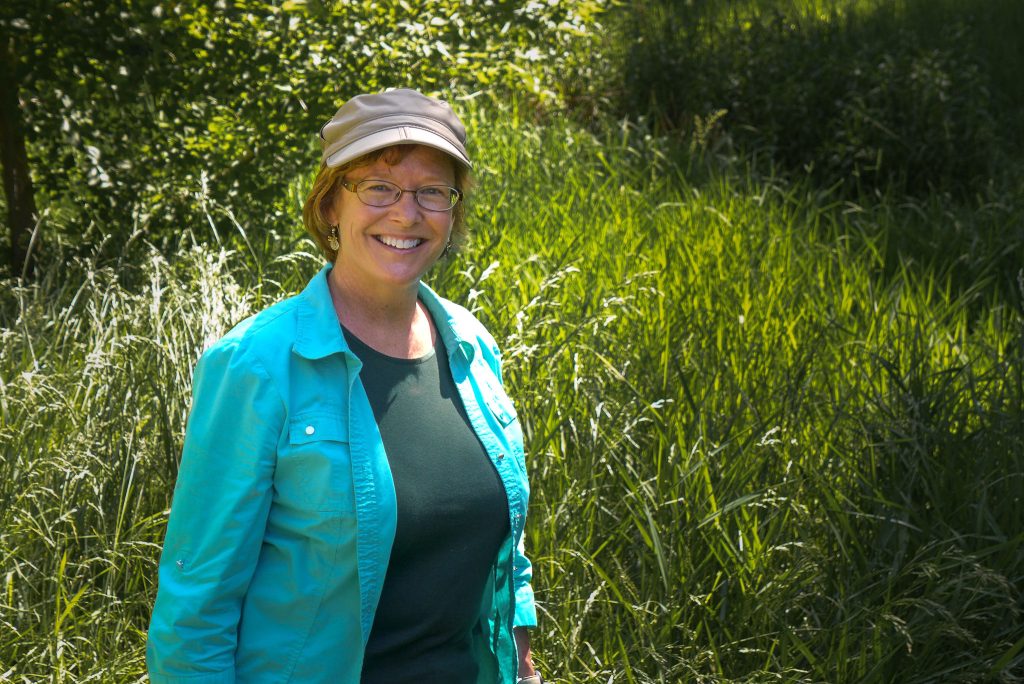
“We stopped doing field research at Cathy Fromme Prairie because the students had too many rattlesnake encounters,” Carol Seemueller explains. “We moved to other natural areas around the city.”
Carol Seemueller, recently retired biology teacher who spent most of her career at Rocky Mountain High School in Fort Collins, made a habit of taking all of her classes outdoors for authentic field experiences as much as she was able. “Kids would light up, and they were so passionate about learning when they were doing science outdoors,” Carol says.
River Watch
From 1996 through her retirement in 2016, Carol’s students participated in River Watch, a statewide volunteer water quality-monitoring program operated in partnership between River Science and Colorado Parks and Wildlife (CPW). This citizen-science program works with voluntary stewards to monitor water quality and other indicators of watershed health and utilizes this high-quality data to educate communities and inform decision-makers about the condition of Colorado’s waters. Carol had a team of River Watch students every year that went with her to two locations monthly to collect data, one site on the Poudre River in Fort Collins, and another along Spring Creek near the high school. She and the students created wonderful memories together by exploring outdoors.
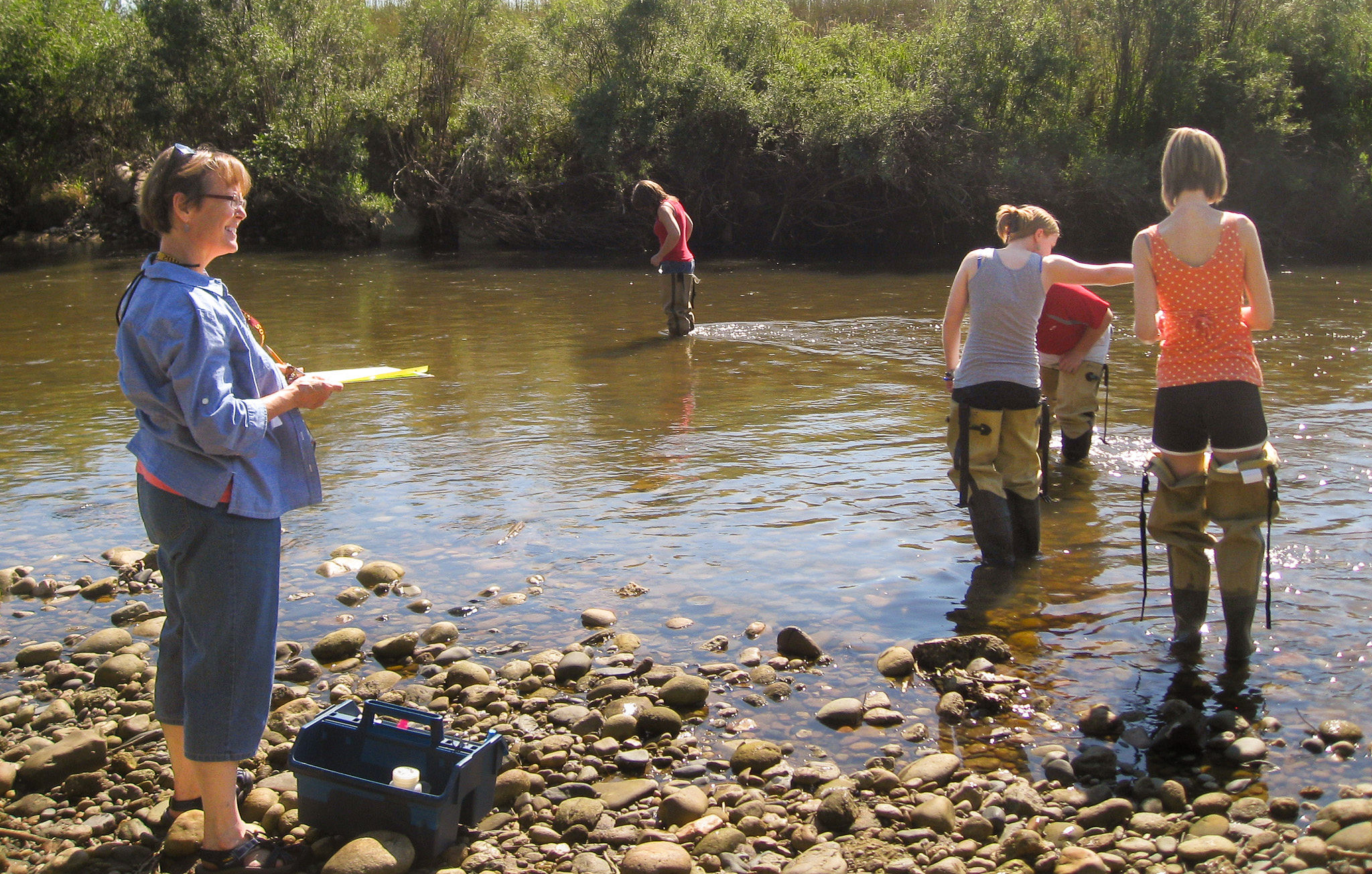
“One time, the students wanted to do a full moon water sample,” Carol says. “I went along with it! Why not? We had a blast in the dark trying to follow all the protocols to collect the water while laughing and splashing under the full moon. We got back to Rocky at 10 pm, and still had to process all the samples. The kids talked about that for months. Through River Watch, I created vibrant relationships with dozens of students.”
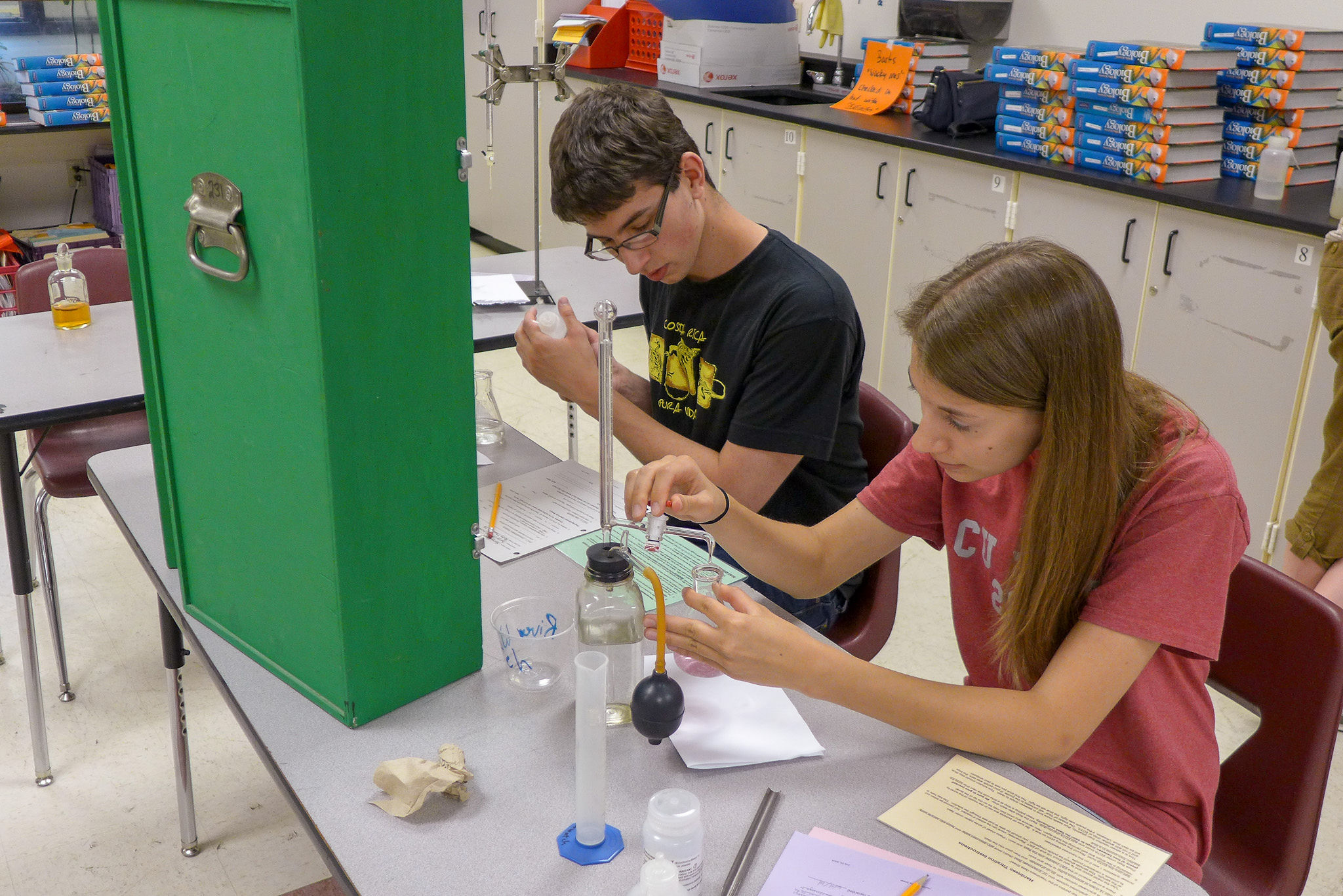
“We had a collection day scheduled shortly after the big flood in 1997. When we got to Spring Creek, it was unrecognizable. The students were so excited to collect the water that we couldn’t resist. I kept them safe, but a city worker reprimanded us for being too close to the floodwaters. “I know those students will never forget the oily sheen on the water’s surface, the dramatic change in substrate, the missing gravity bridge.”
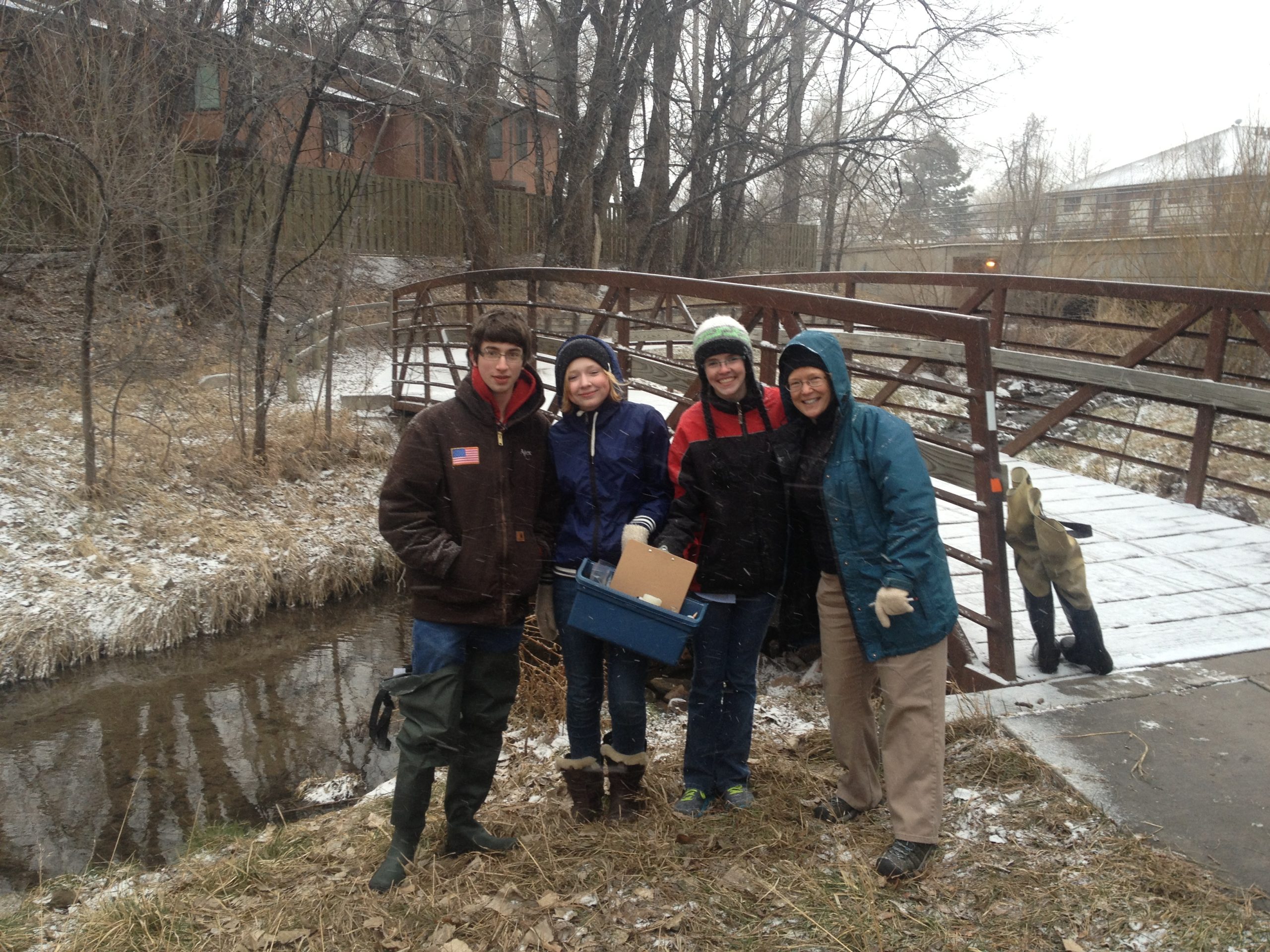
In 2011, the students collected invasive bullfrog tadpoles and brought them back to the classroom to raise. Carol infused lessons on this species into her biology class because of the curiosity of her River Watch kids. After the High Park fire in 2012, there was so much ash in the Poudre River that it really impacted their water quality data. Then, following the post-fire flood in 2013, there were no more bullfrogs in the river!
“Students were curious about things when they could study patterns and ask their own questions. The High Park fire created a lot of interesting questions. Comparing two water sources always produced questions! When students ask their own questions, they dig deeper into the subject and their curiosity inspires learning.”
Learning Outside
“When students read about something, they might learn something about it. However, putting your hands and feet in it, feeling it, and walking with it creates personal knowledge through experience and brings a passion to the learning that will never be forgotten.”
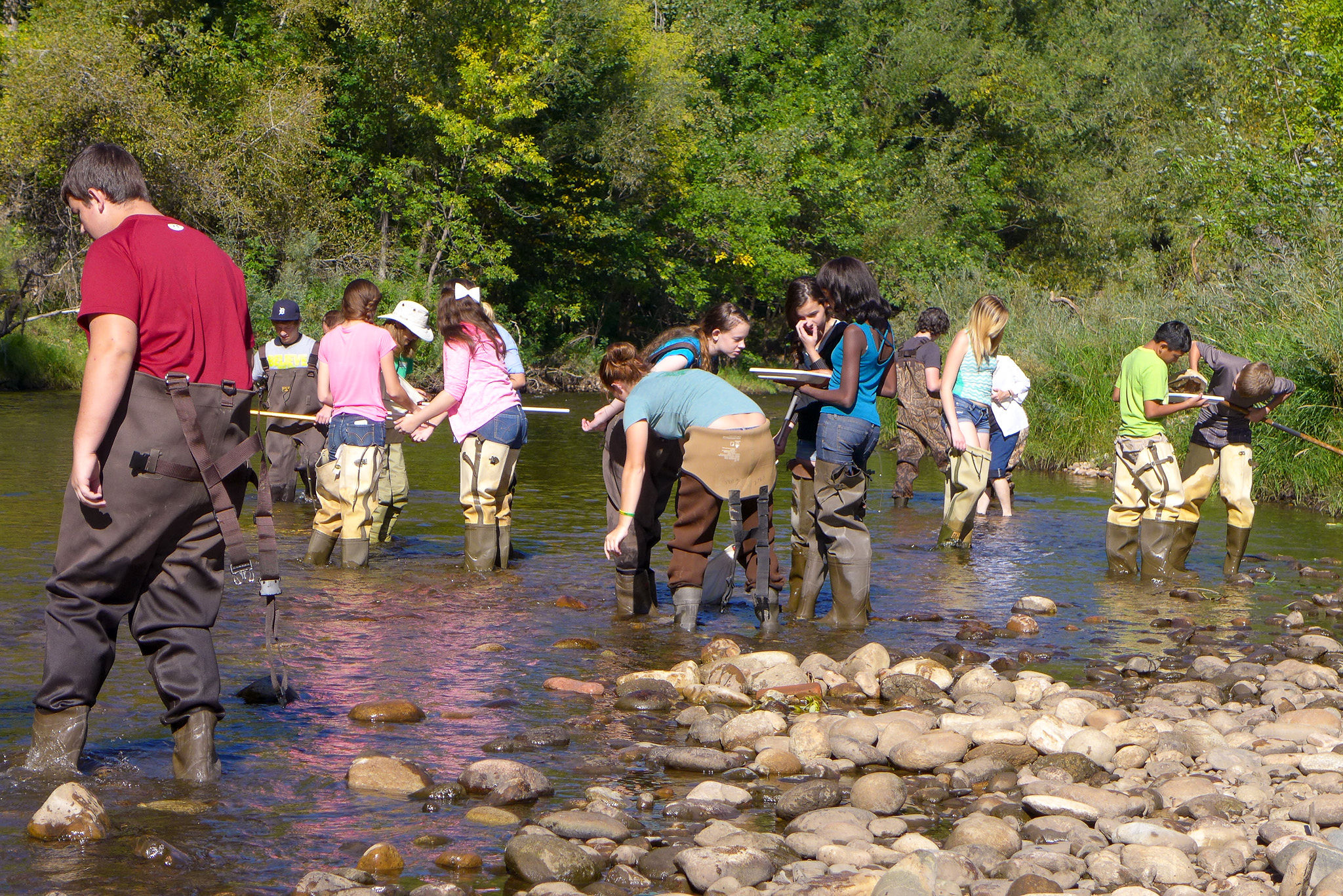
Carol explains that it is much easier to create bookwork lessons than it is to manage authentic science experiences whether they are in-class labs or outdoor field work. Additionally, there are so many barriers these days to getting kids outdoors that teachers often give up. Between composing a permission slip with all the legal requirements included, and then collecting them back from every student; the near impossibility of getting a bus at the times they are needed, and then finding the money to pay for them; figuring out a way to cover classes or students who are not attending the field trip; pushback from other teachers, parents, or administrators who don’t understand the value of the field trip, it’s a wonder we get kids outside at all anymore! Carol managed to do it consistently.
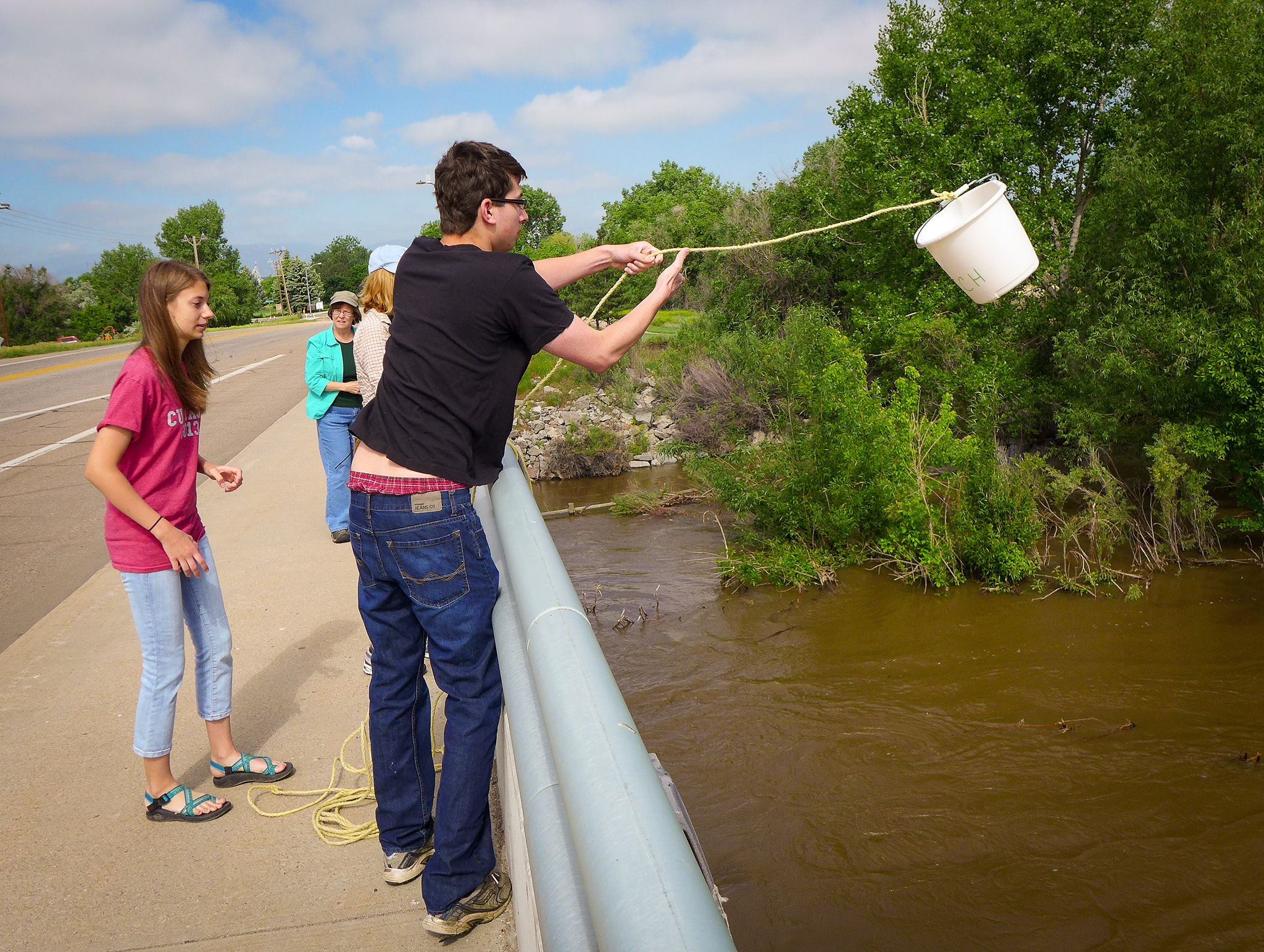
“Field work feeds the teacher’s soul!” Carol exclaims with excitement. “The payback is tremendous! Barriers fall away when I feel the students’ excitement during the trip, and hear kids talking on the bus saying things like, “Why don’t we do this more often?”
Finding Opportunities
Carol was always looking for new opportunities to learn herself, which led her to new opportunities for her students. During the Chronic Wasting Disease outbreak in Colorado mule deer, the Colorado Division of Wildlife offered a few teachers the opportunity to assist with field research, and Carol jumped at the chance. Feeling the blast of helicopter blades overhead as a mule deer in a net was lowered gently for inspection by a wildlife veterinarian was an adrenaline rush she won’t forget.
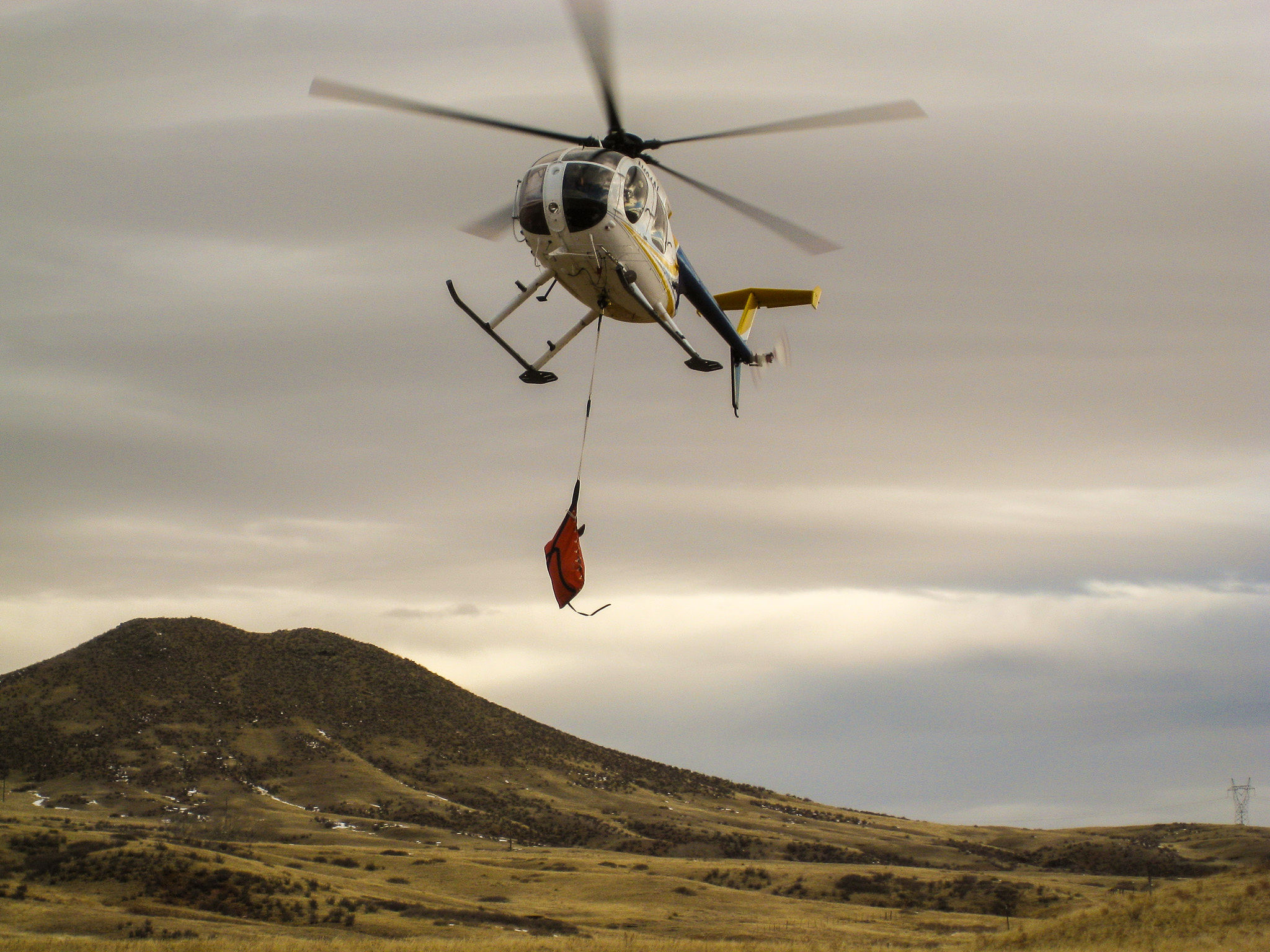
Later, her biology students got to participate in a wildlife research simulation on the CSU campus by taking fake blood samples from a mule deer model with a CSU graduate student teaching them the protocols. Because the field experience was so powerful, the students were excited to learn and apply statistics and radio telemetry through hands-on activities at CSU.
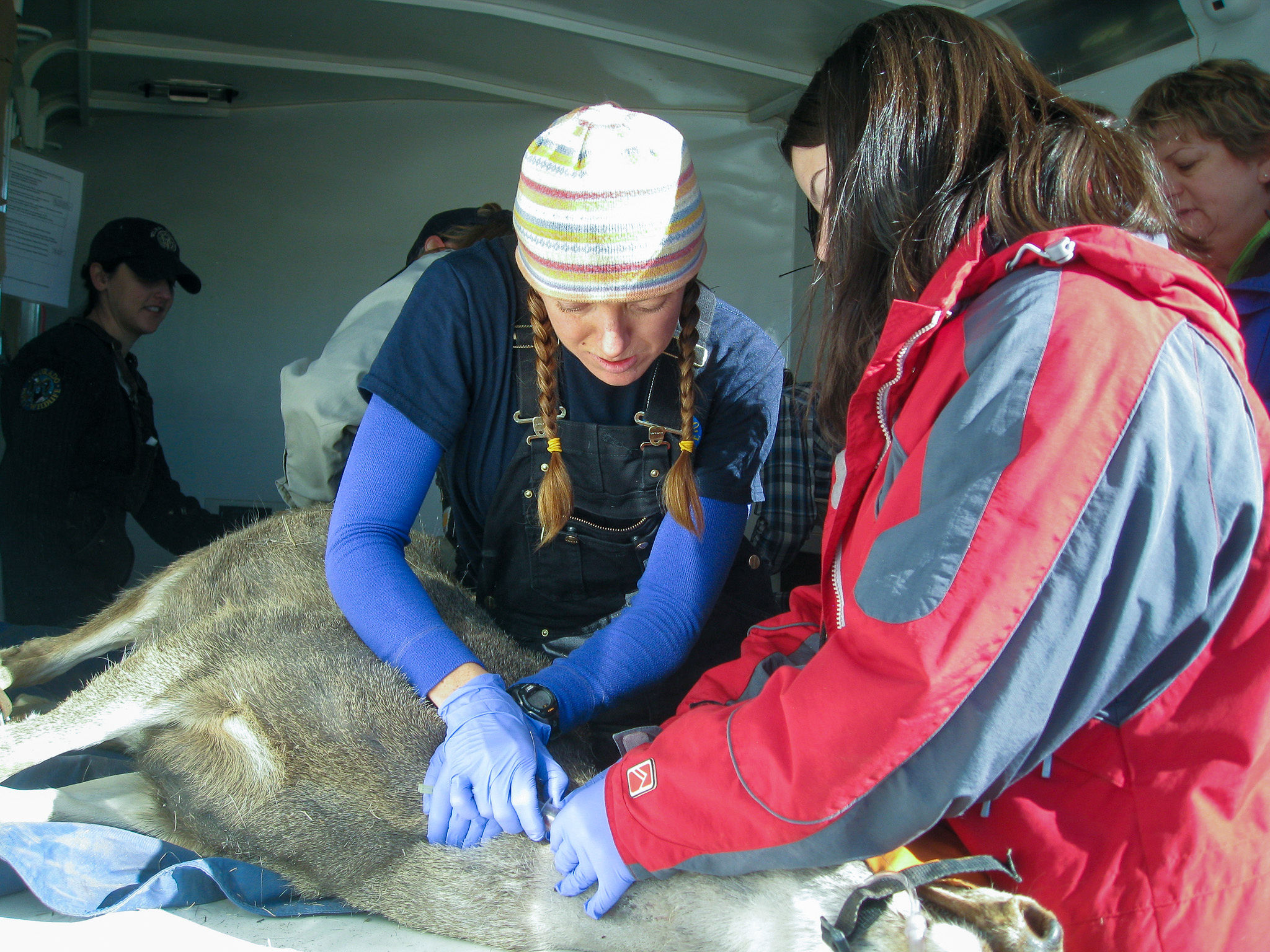
“Once people know you like to do extra things, they reach out to you,” Carol says. “I had a lot of people contacting me through the years asking if I wanted to join this or that research.”
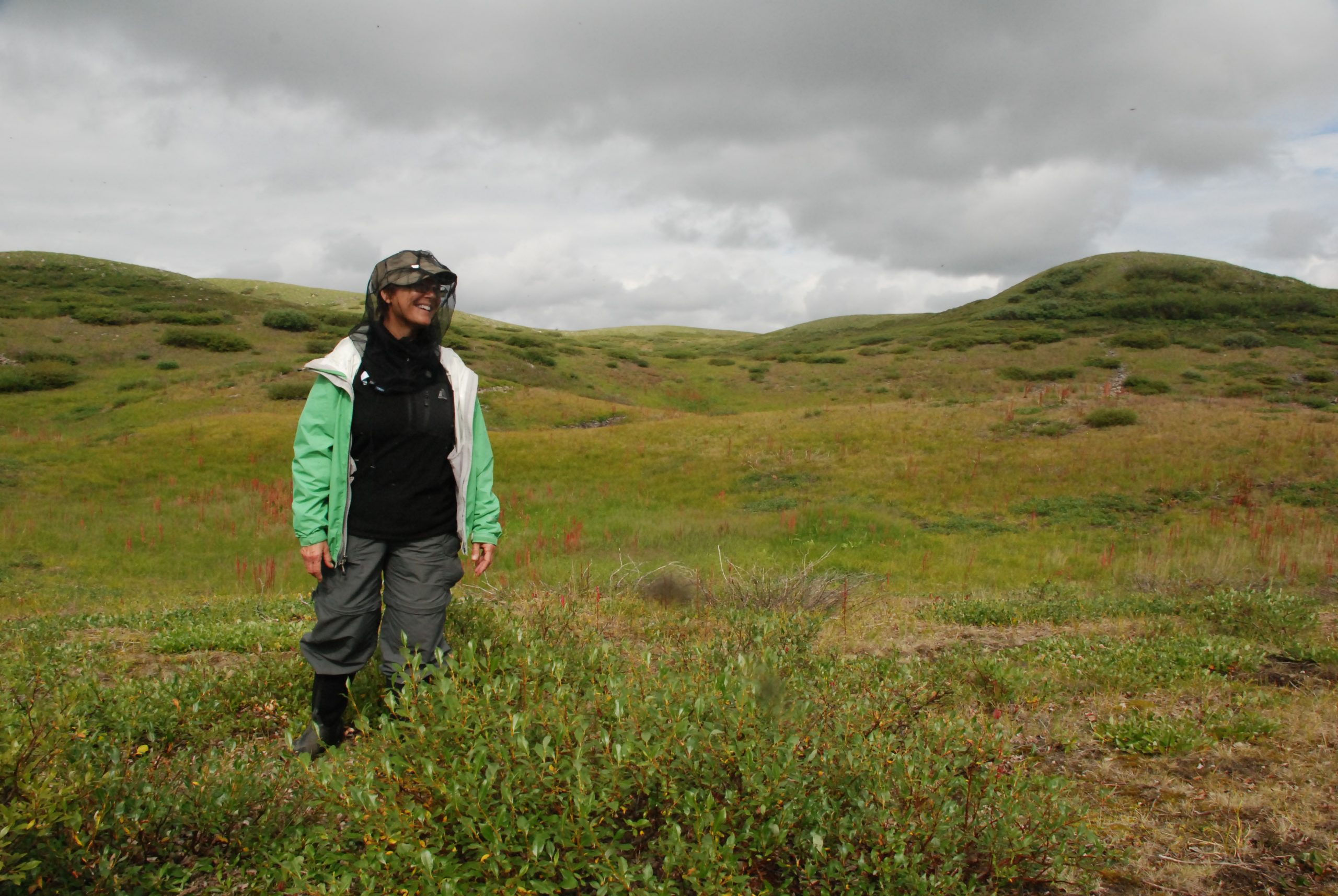
Through a GK12 grant opportunity, Carol had 4 graduate researchers from CSU paired with her classes. She traveled to the Arctic for summer research through this connection, and her students were benefitting by having the researcher in the classroom. One of the grad students helped her develop field research protocols for studying plants, insects, and soil nitrogen which she implemented with her classes in a microhabitat study. One parent wrote a note, “My daughter won’t be going because she is afraid of spiders.” Carol managed to convince the parent and the student that she should attend, and through exposure and experience, the student’s fear of spiders was at least abated if not overcome.
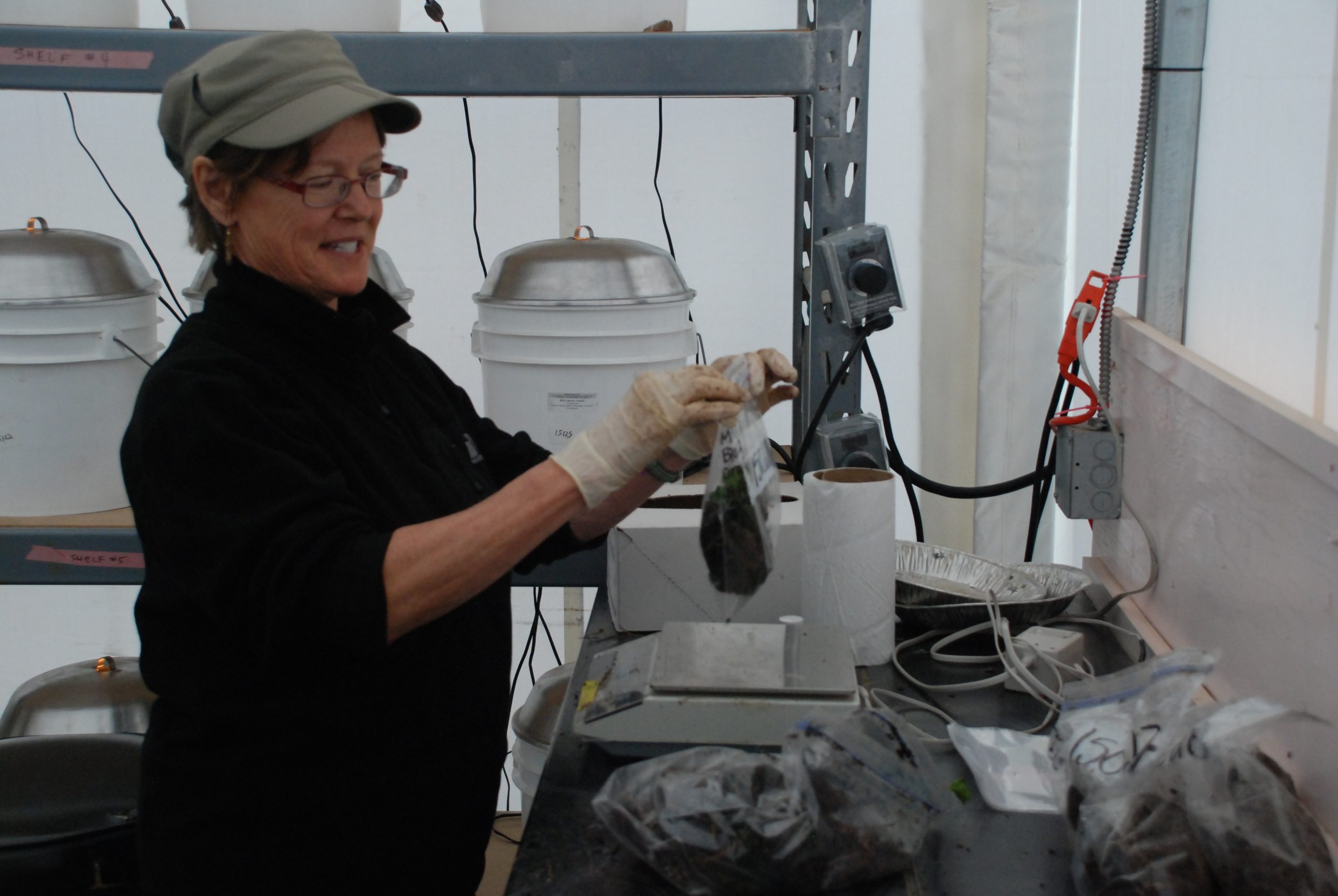
“Knowing who students are and developing relationships with them was the most important aspect of my teaching,” Carol claims. “It was easier to develop those relationships when we had authentic experiences together.”
“I found new things to involve myself in, often paying my own way for new opportunities.” For example, Carol took herself to the University of Pittsburgh for three summers to learn how to be a phage hunter! Tuberculosis bacterium are becoming drug resistant, and bacteriophages are the next idea in countering this disease. She was able to train her students to look for and isolate new phages from Colorado soils, and her AP biology students sent several novel phages to contribute to the bioinformatic genomic database at the University of Pittsburgh.
Collaboration
“There is power and possibility in collaboration.” Carol has always been inspired by other teachers and her students. Her partnerships in her school and her community were what kept her ideas flowing. “I was able to endure as a teacher because I was sharing the challenges with other teachers. I never did any of this by myself!” Carol lists dozens of names of those who shared her challenges, her joys, and her students.
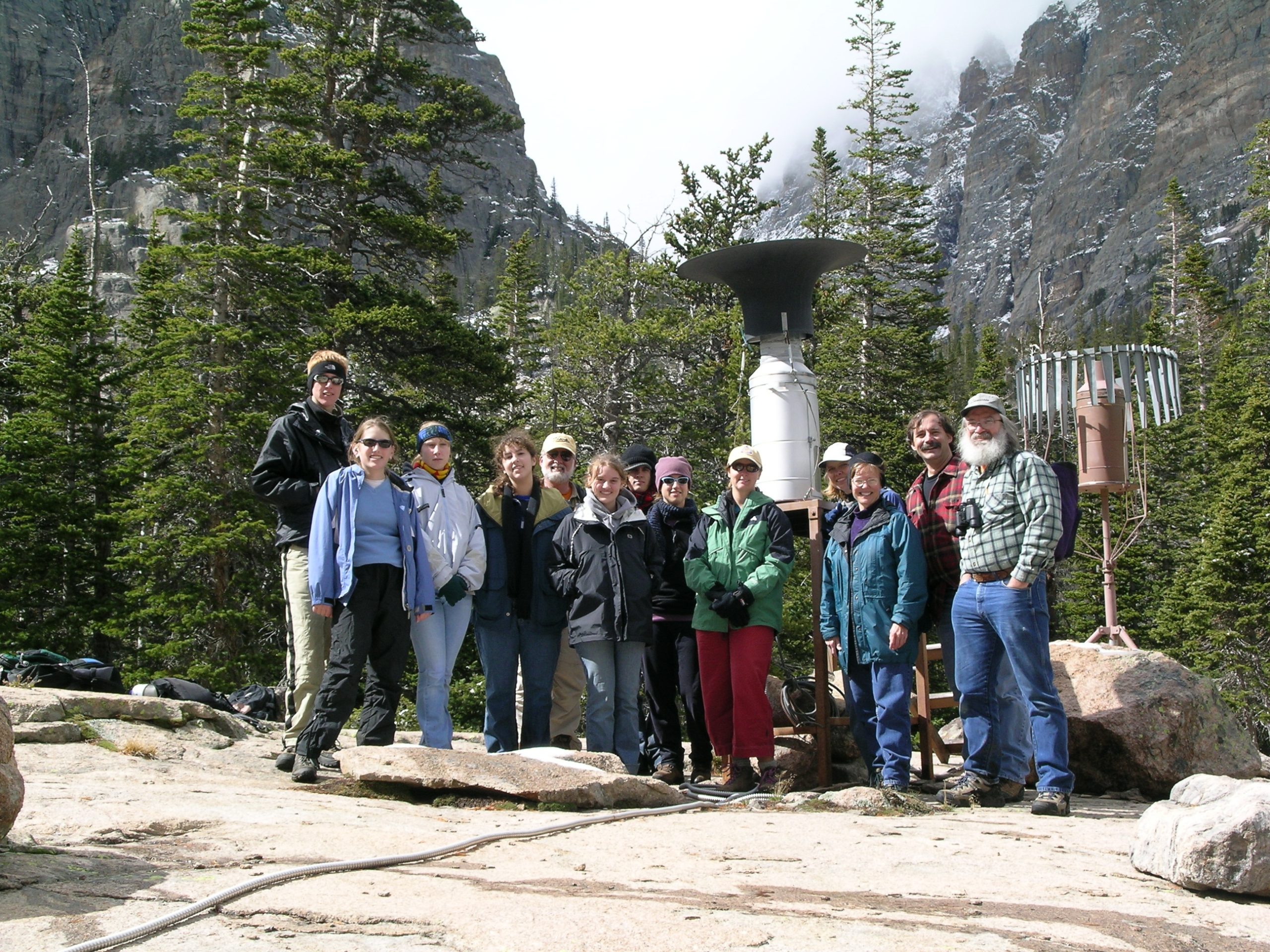
Community connections were important resources for Carol. In 1994, she took the Master Naturalist training through the City of Fort Collins. She became passionate about birds, and saw opportunities for more field work with her students. She was good at grant writing, and procured a classroom set of binoculars and bird books as well as bus money for field trips. Her biology classes learned bird identification, and during spring migration they would go out together and look for birds. Carol still participates in the Audubon Christmas Bird Count.
“I still have former students come up to me in the grocery store and tell me which birds they saw this week!”
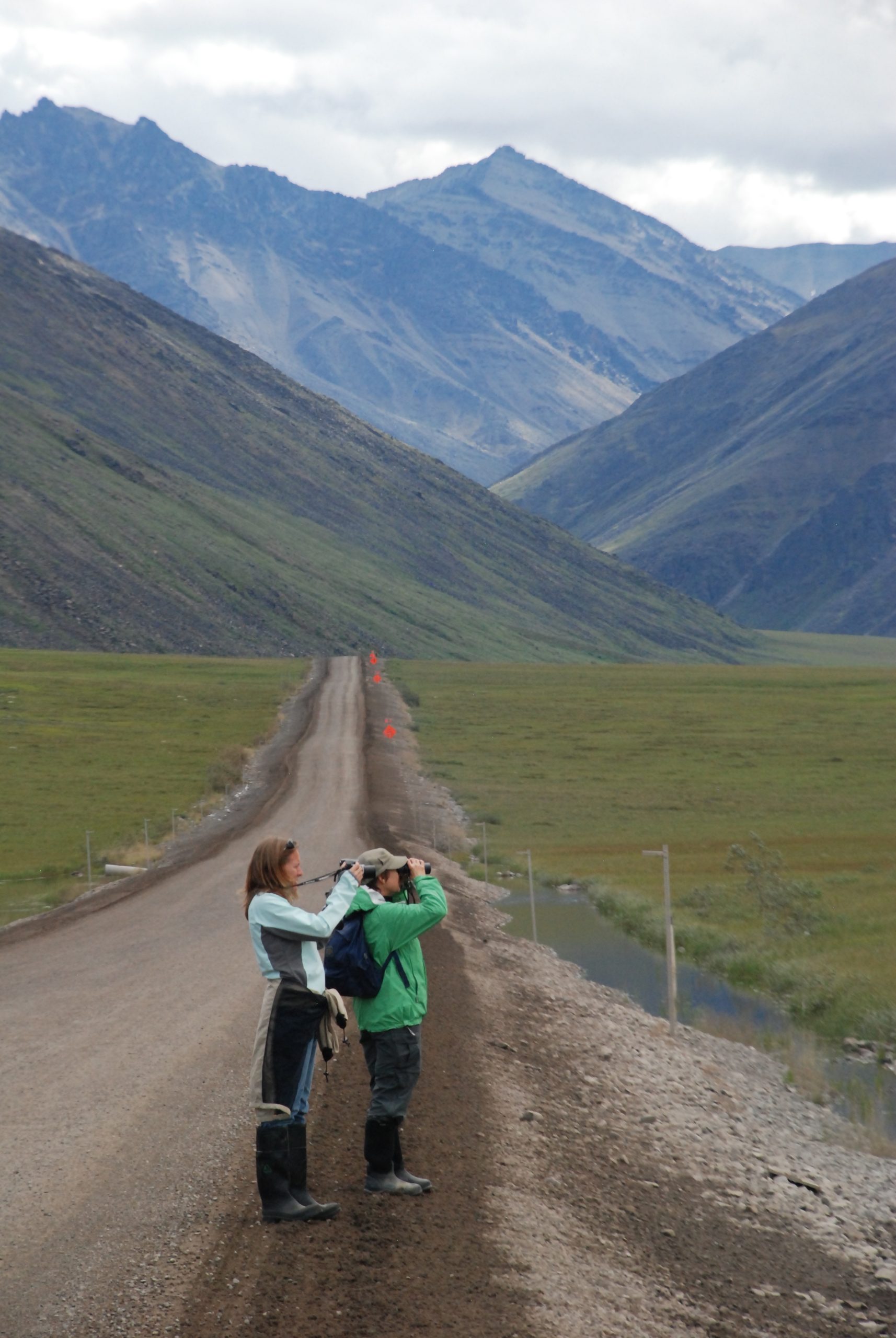
Connecting her high school students with elementary schools was another collaboration she enjoyed. “When kids teach kids, the happiness is infectious!” Her anatomy/physiology students would teach a heart or lung dissection to elementary students every year. Elementary teachers would contact her with the news that the school PTO had already set aside the money for the hearts for the next year right after her students completed the lessons.
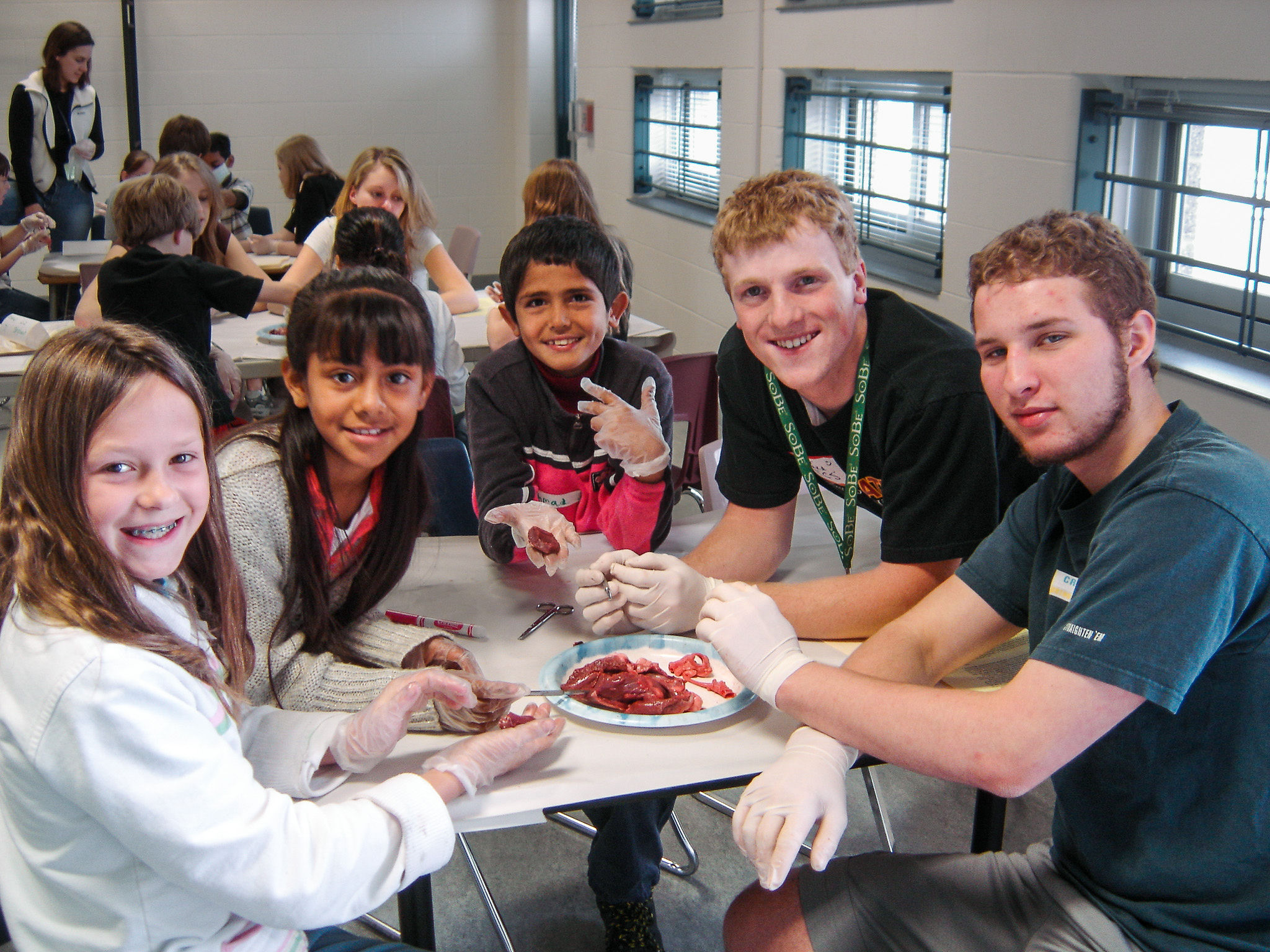
Another collaboration was when her high school students designed and built traps for mountain pine beetles. They brought the traps to a tree farm up Rist Canyon and worked with Stove Prairie Elementary students to set the traps and collect the beetles for a field study. Place-based learning is important to Carol. Figuring out what is happening in our own backyard helps us to act locally to solve important problems. Making science real usually involves looking and wondering close to home.
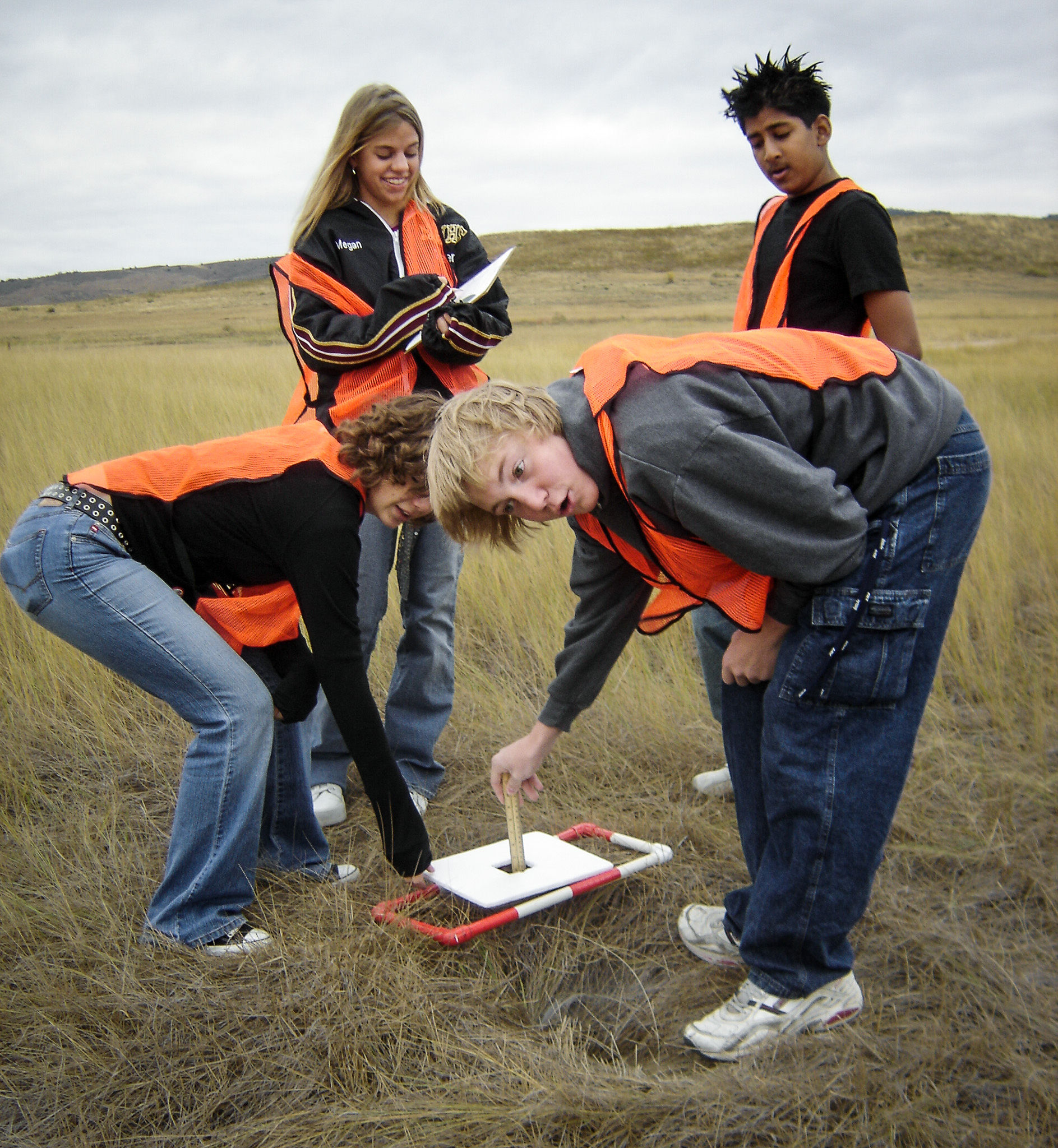
Continuing Learning Outdoors
One of Carol’s students, Cassia Rye, entered an essay contest. The prize involved the student and teacher getting to take SCUBA lessons and spending time at the underwater research station Aquarius in the Florida Keys. Carol had never considered diving, having a bit of a fear factor. However, when Cassie won, Carol could not back down! The tables were turned. The teacher became the student. They dove together in the Keys, and even met three NASA astronauts 60 feet below the ocean on the Aquarius. A new outdoor experience led to even more underwater exploring that continues to this day.
Just because Carol is retired from classroom teaching does not mean she is retired from teaching! Carol participated in Monarch Watch with her students for 20 years, with her students raising caterpillars in the classroom. Students could observe how hormones change caterpillars into butterflies just as they move humans through puberty. “Peoples’ appreciation grows as they wonder about things. Studying monarchs is an interesting way to gain that wonder and appreciation for our planet.” Now, Carol has 12 families in her neighborhood participating in Monarch Watch! Together, they plant milkweed and raise monarch caterpillars. She continues to spread the love of science and is helping to create life-long learners in her community.
How can you give your students authentic field experiences?
What opportunities have you found lately to expand your knowledge?
Who can you collaborate with?
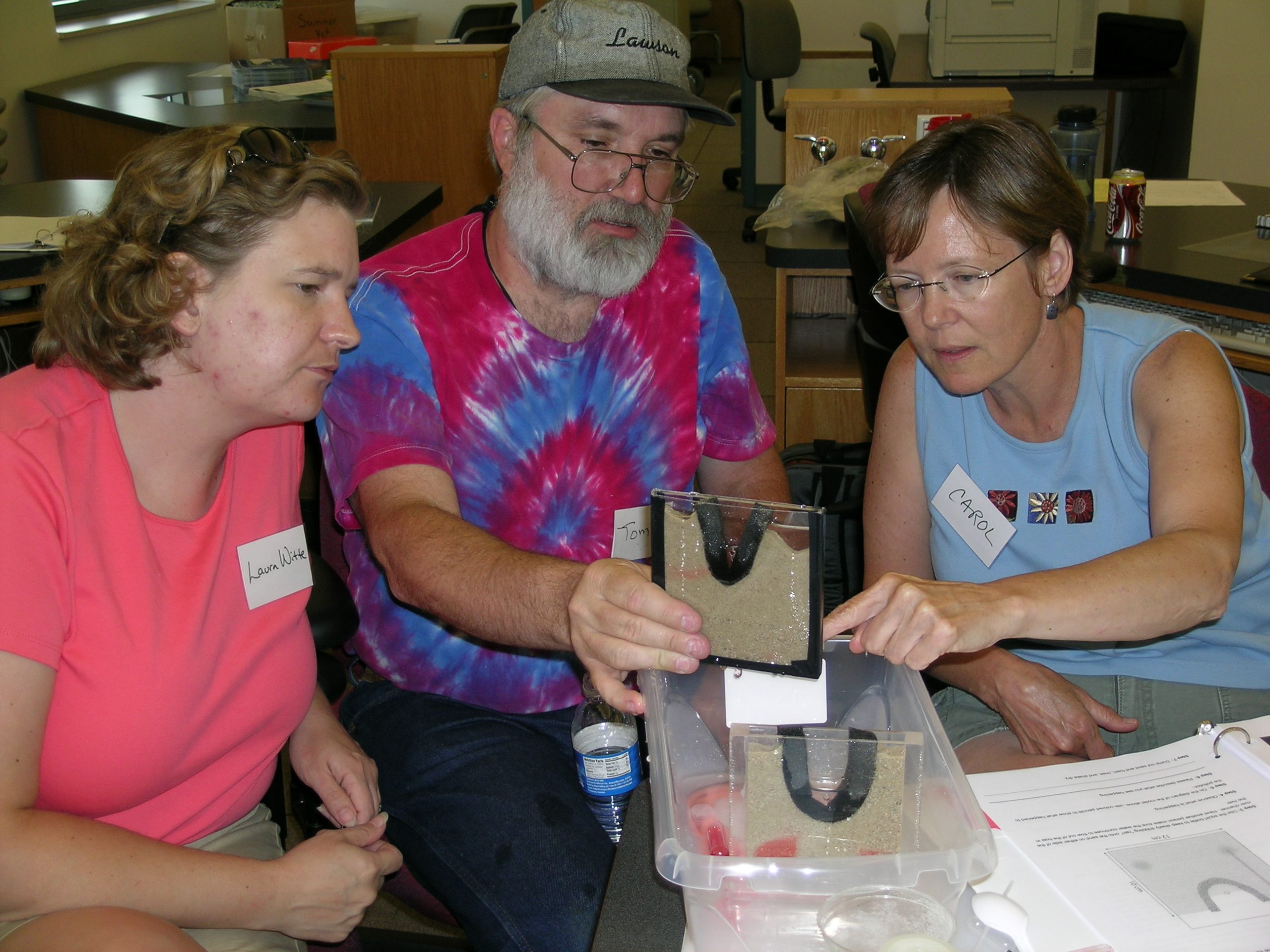
“Life is eternally fascinating! Challenge yourself!”
-Carol Seemueller
